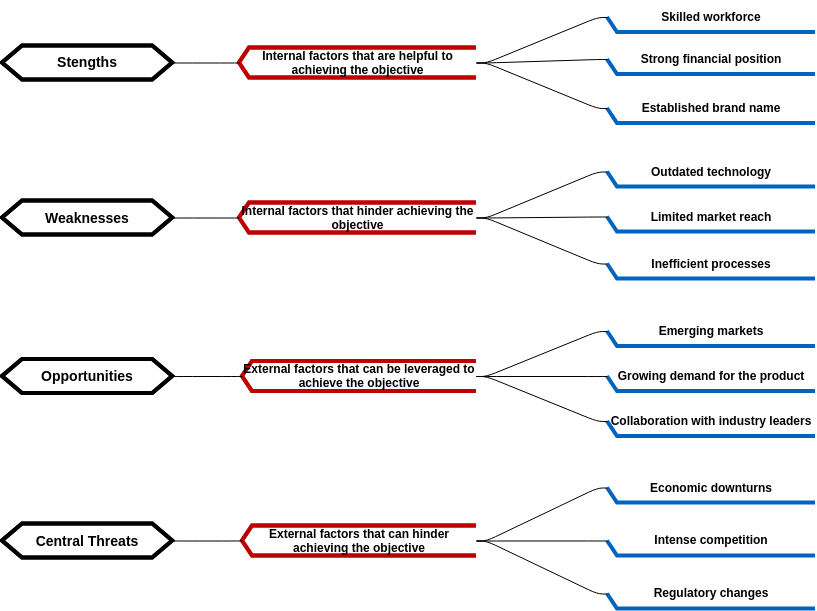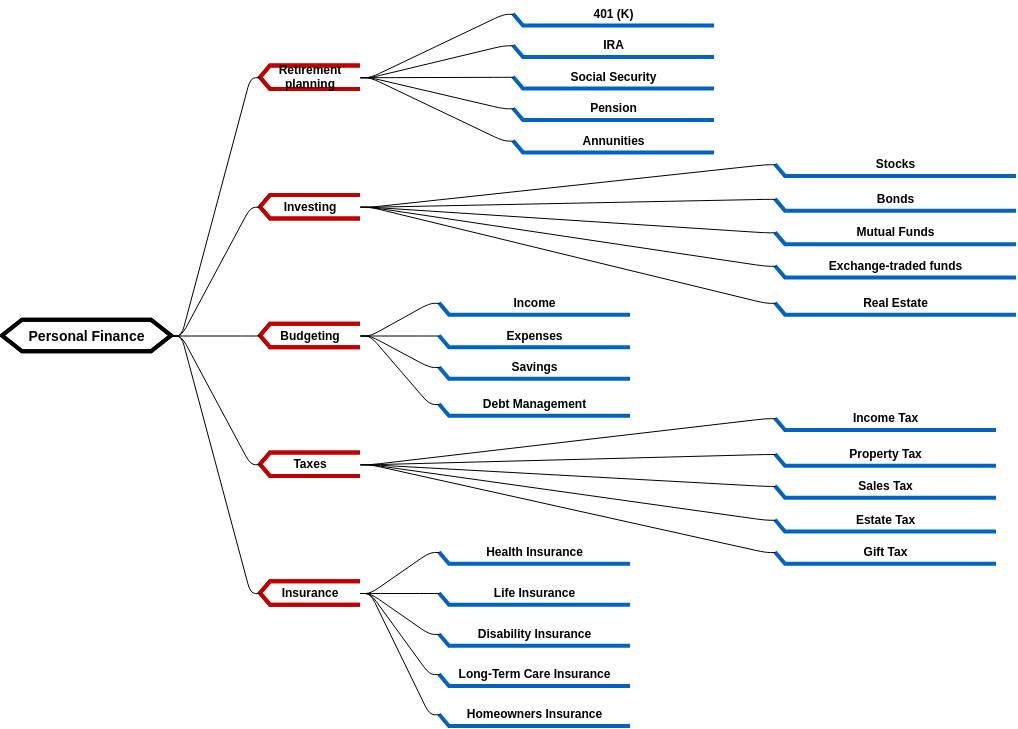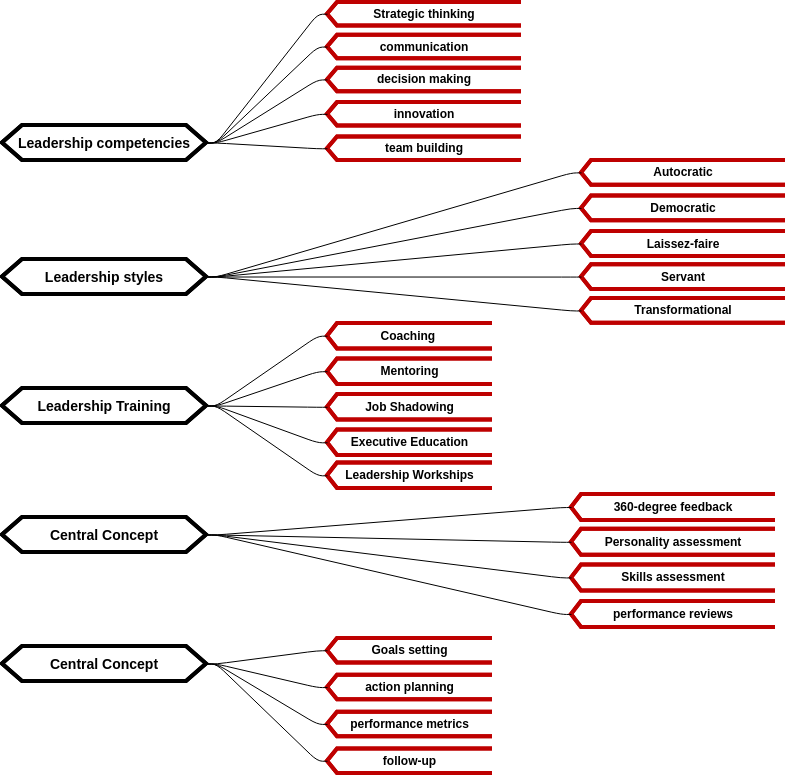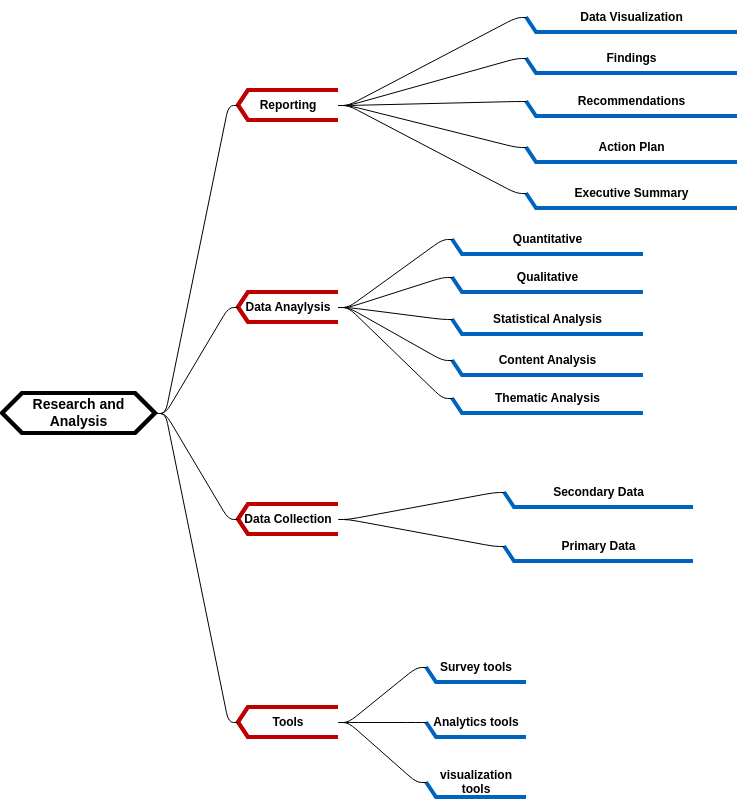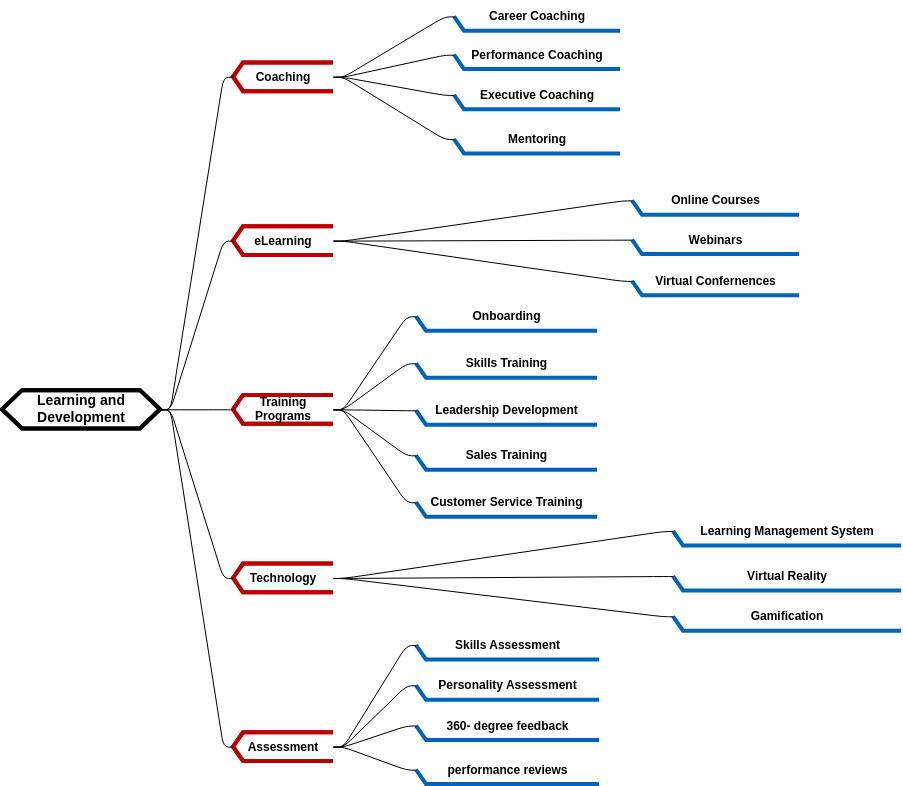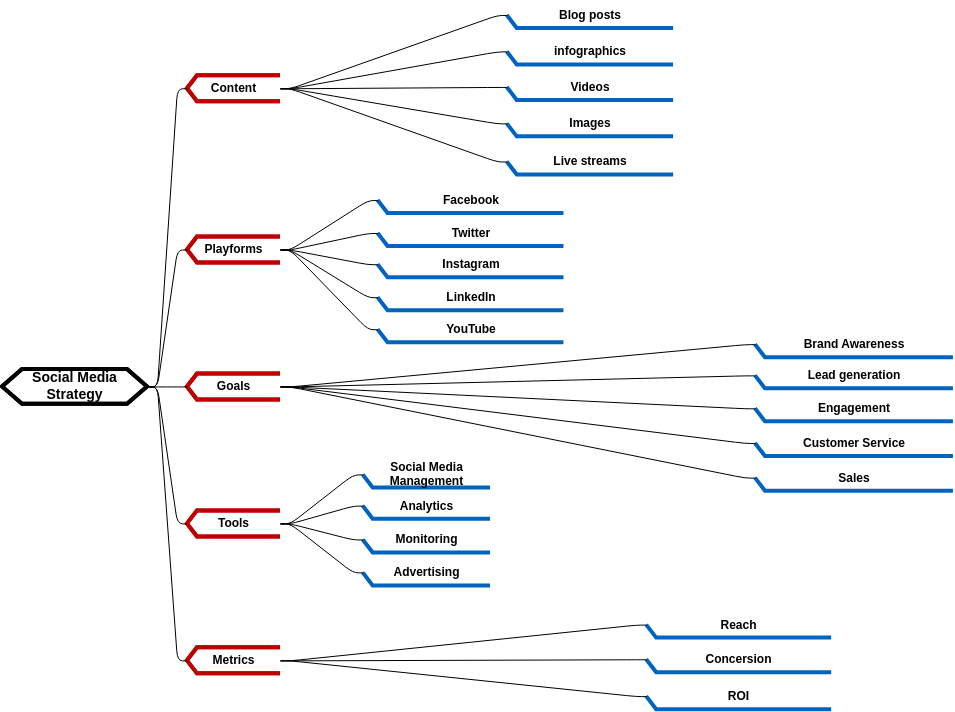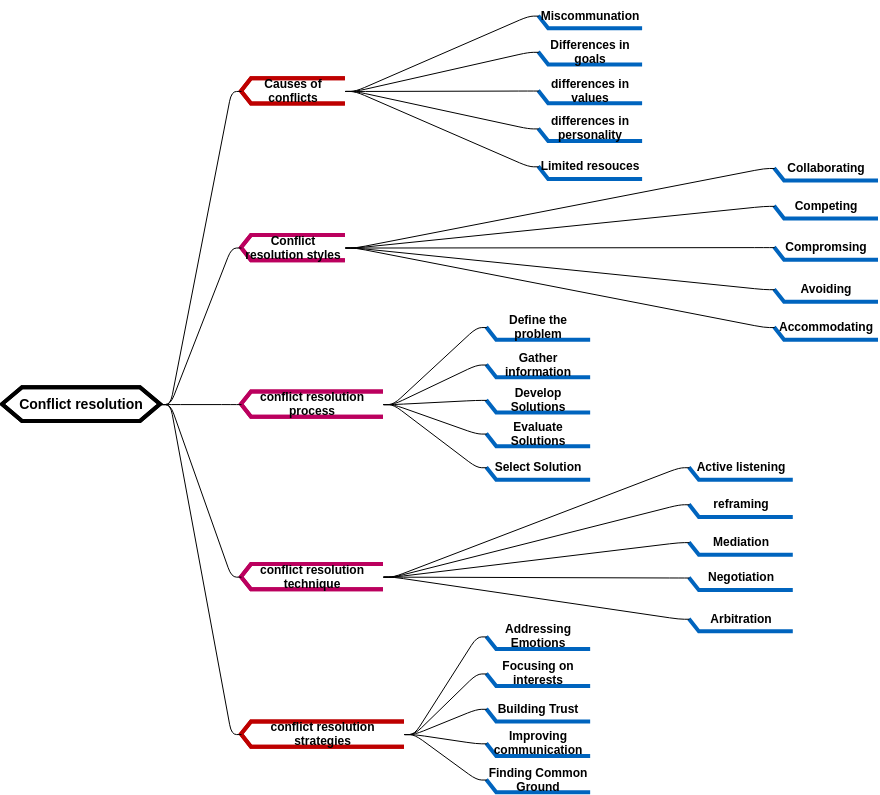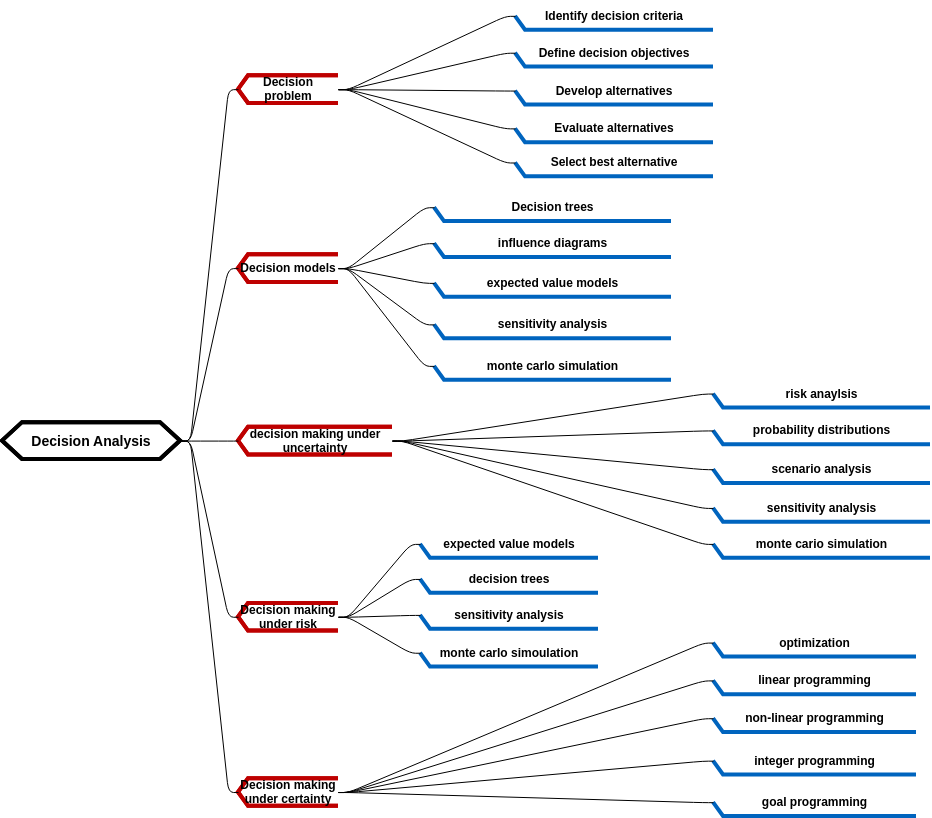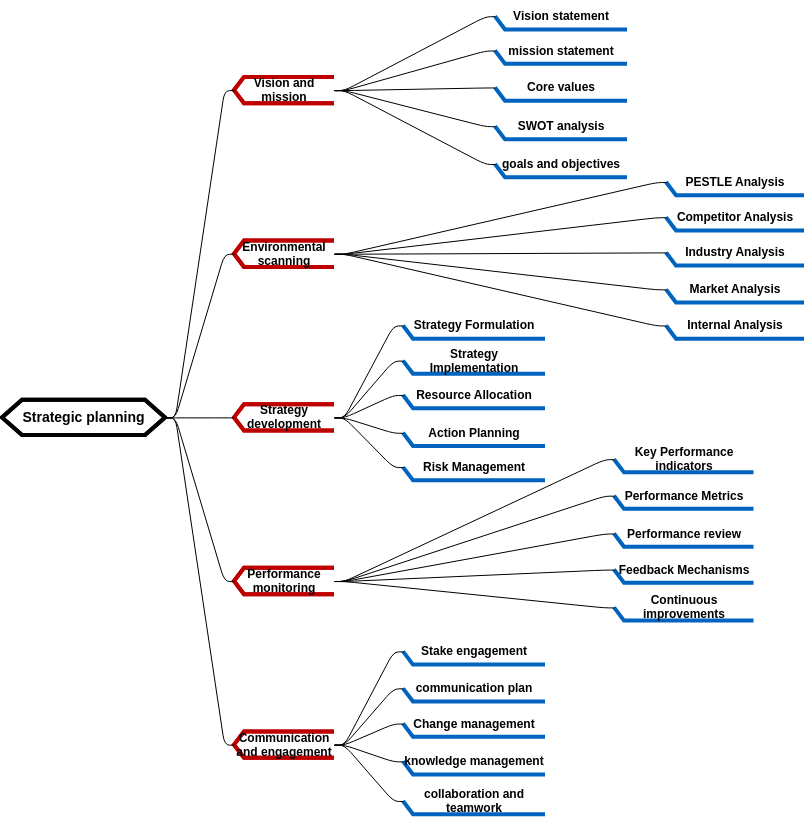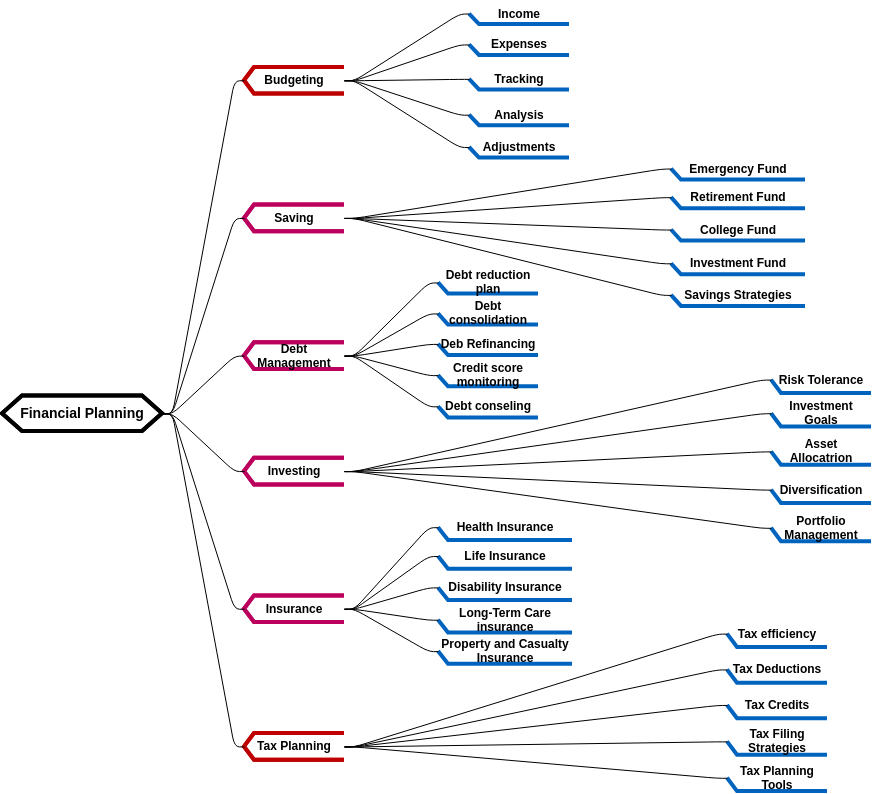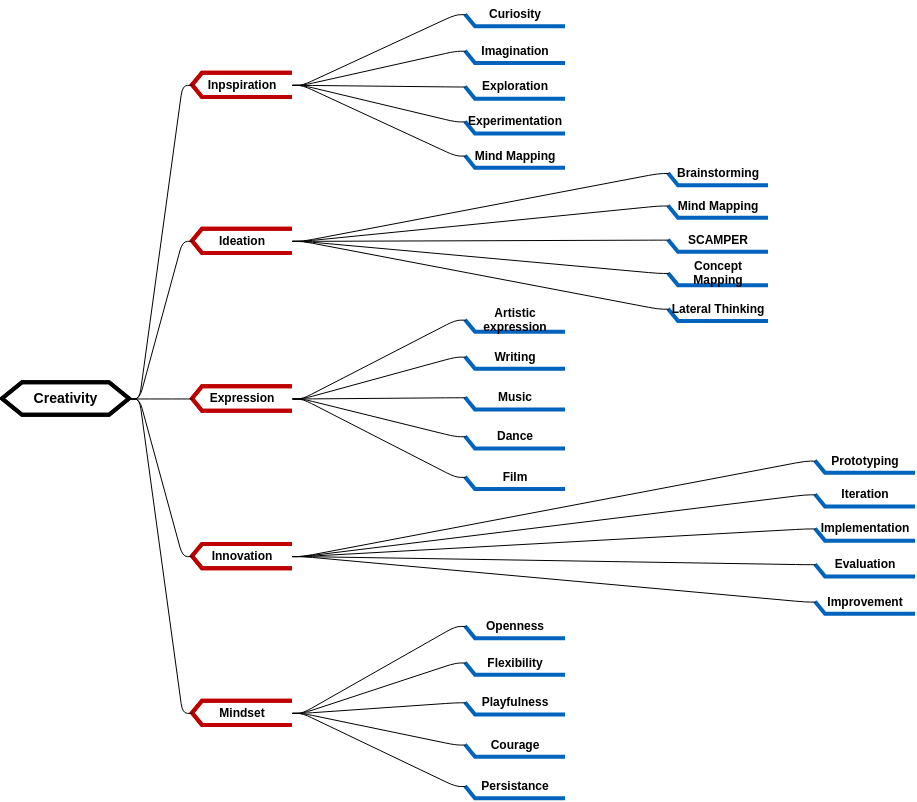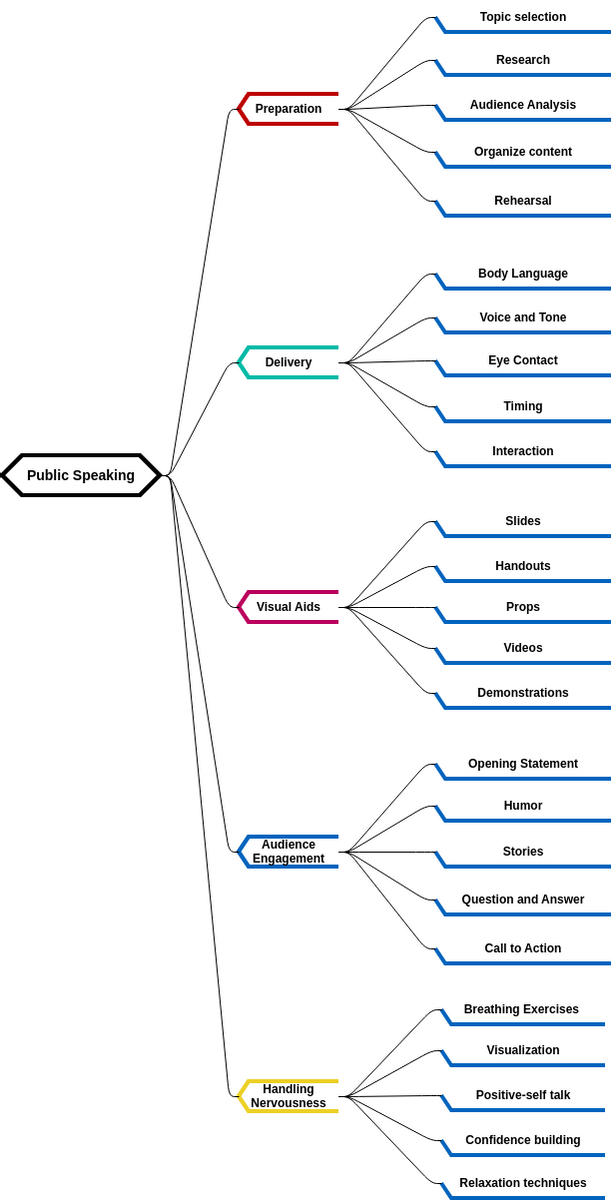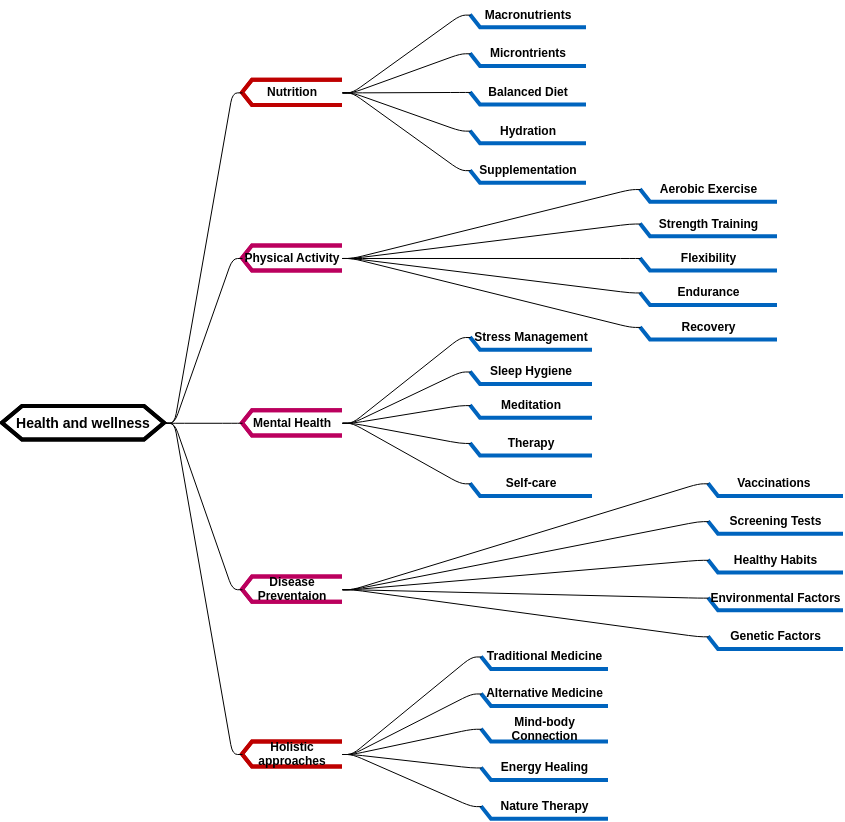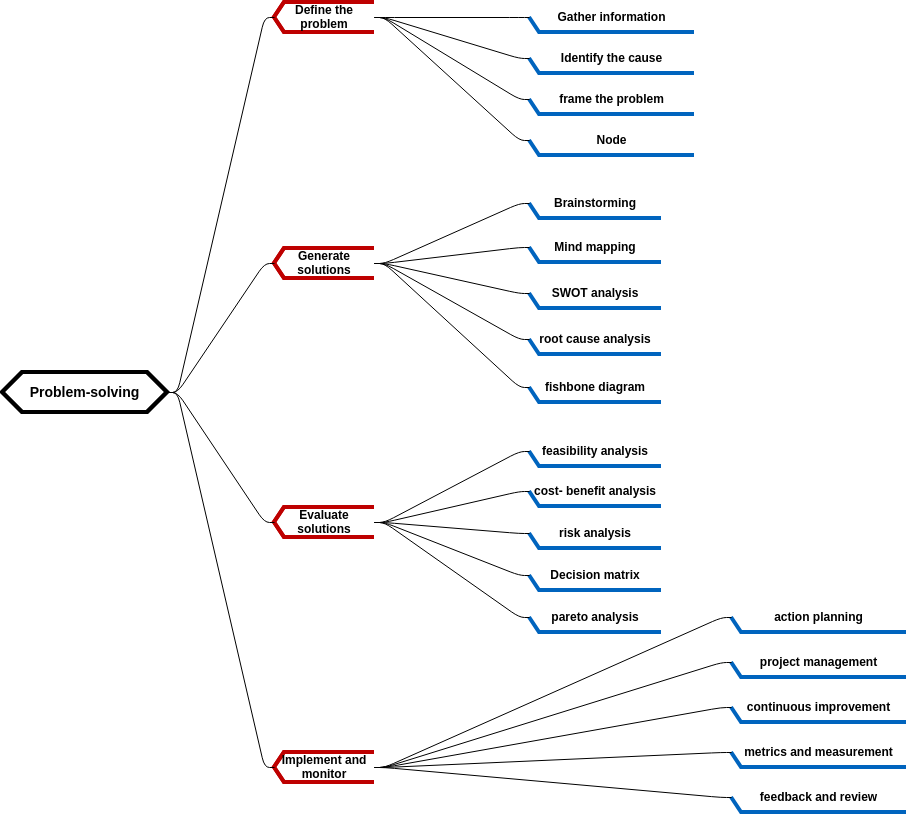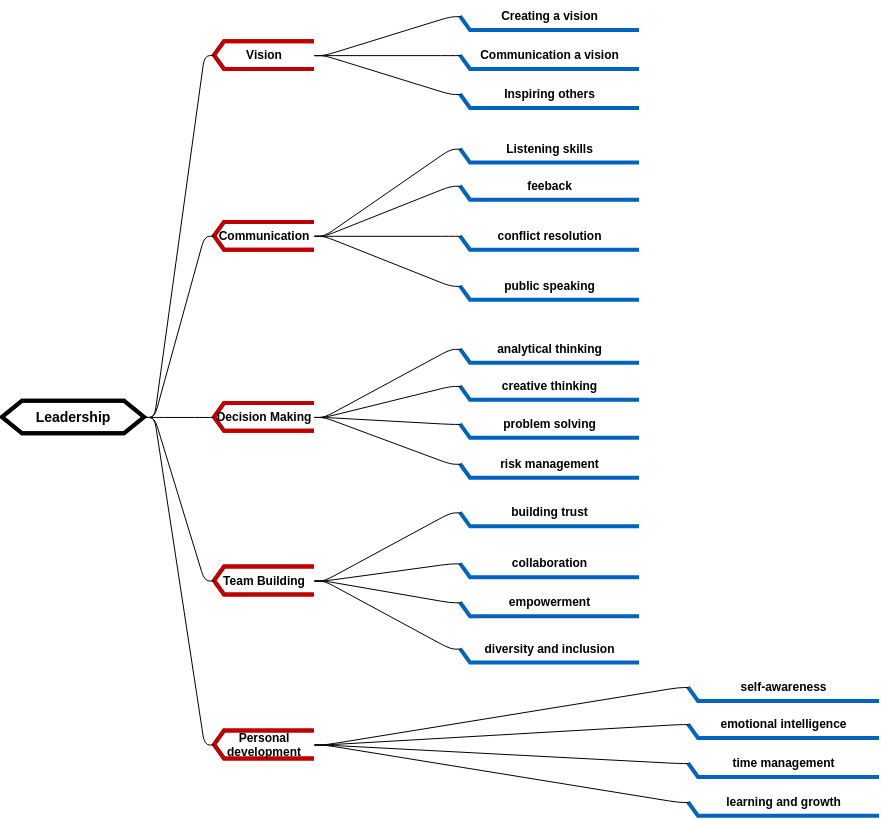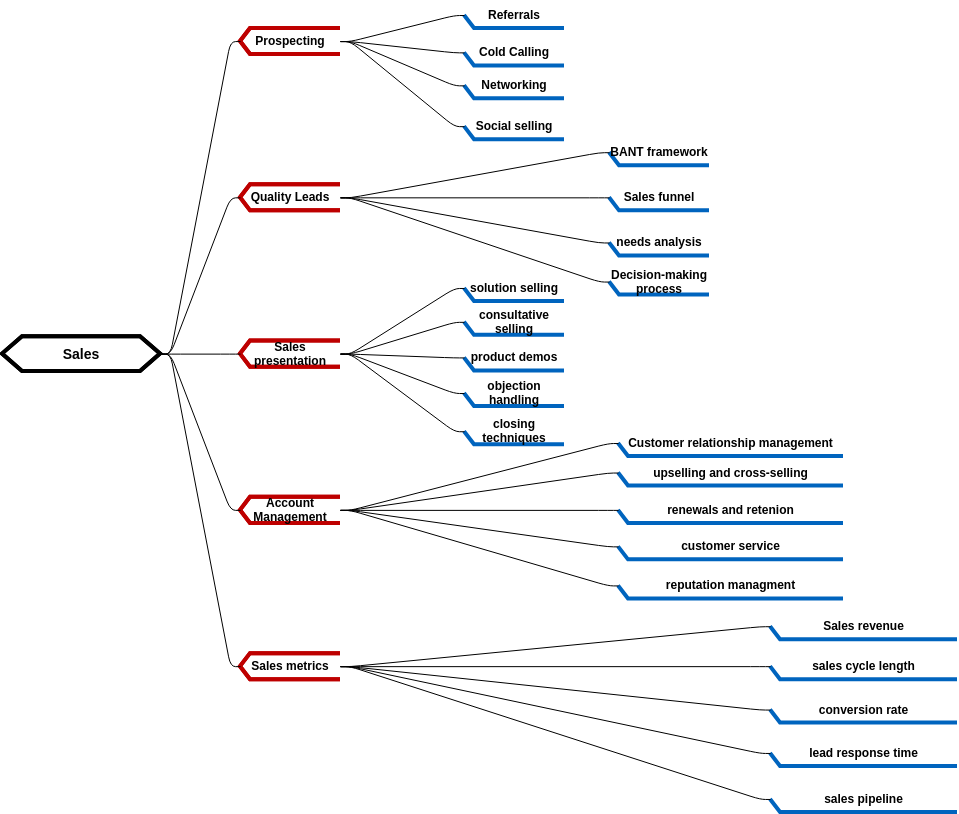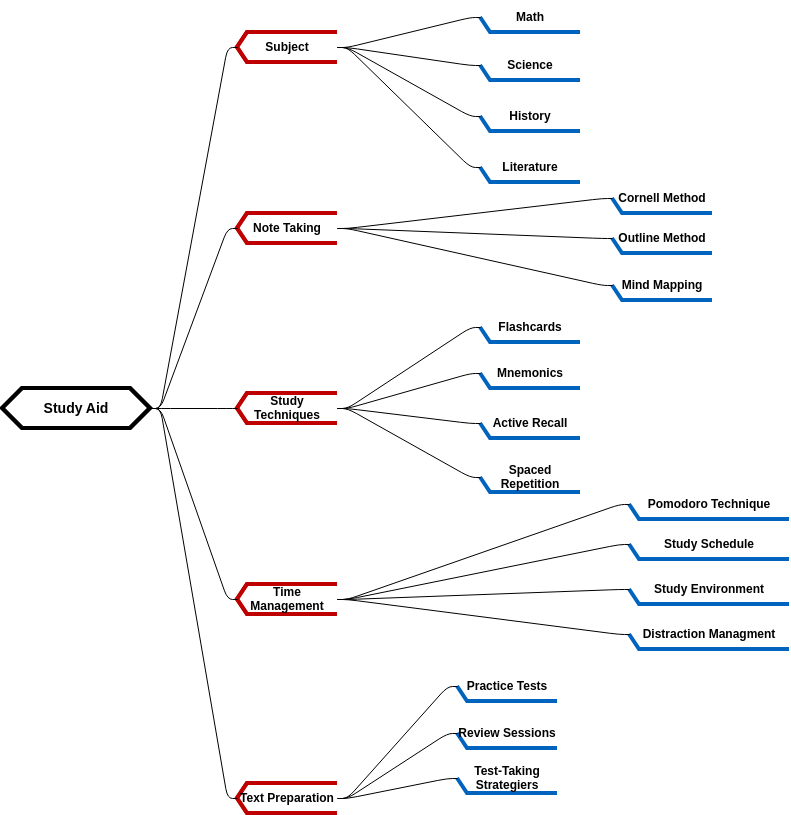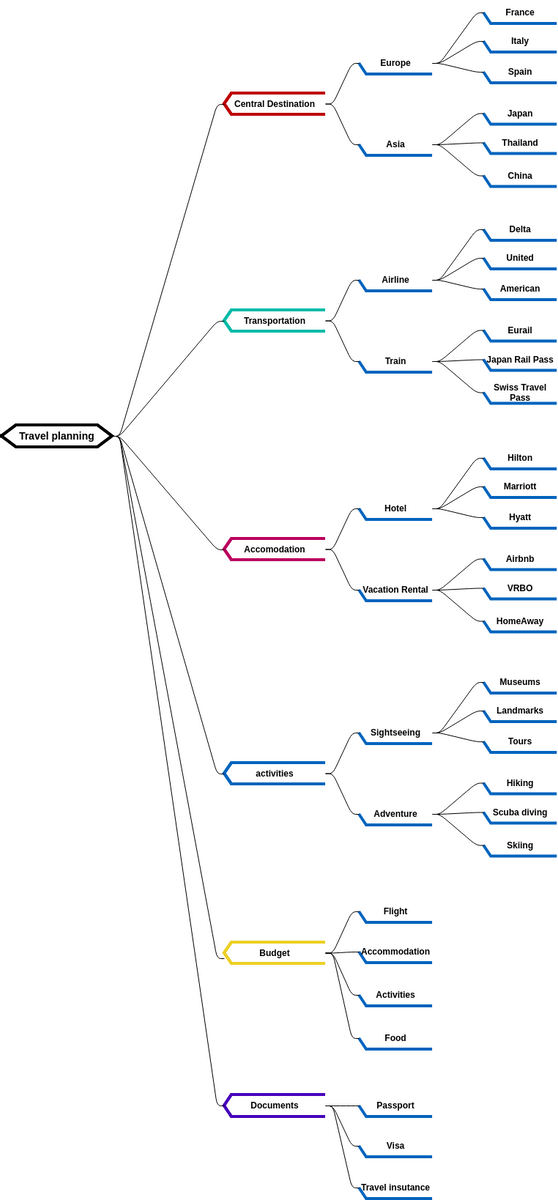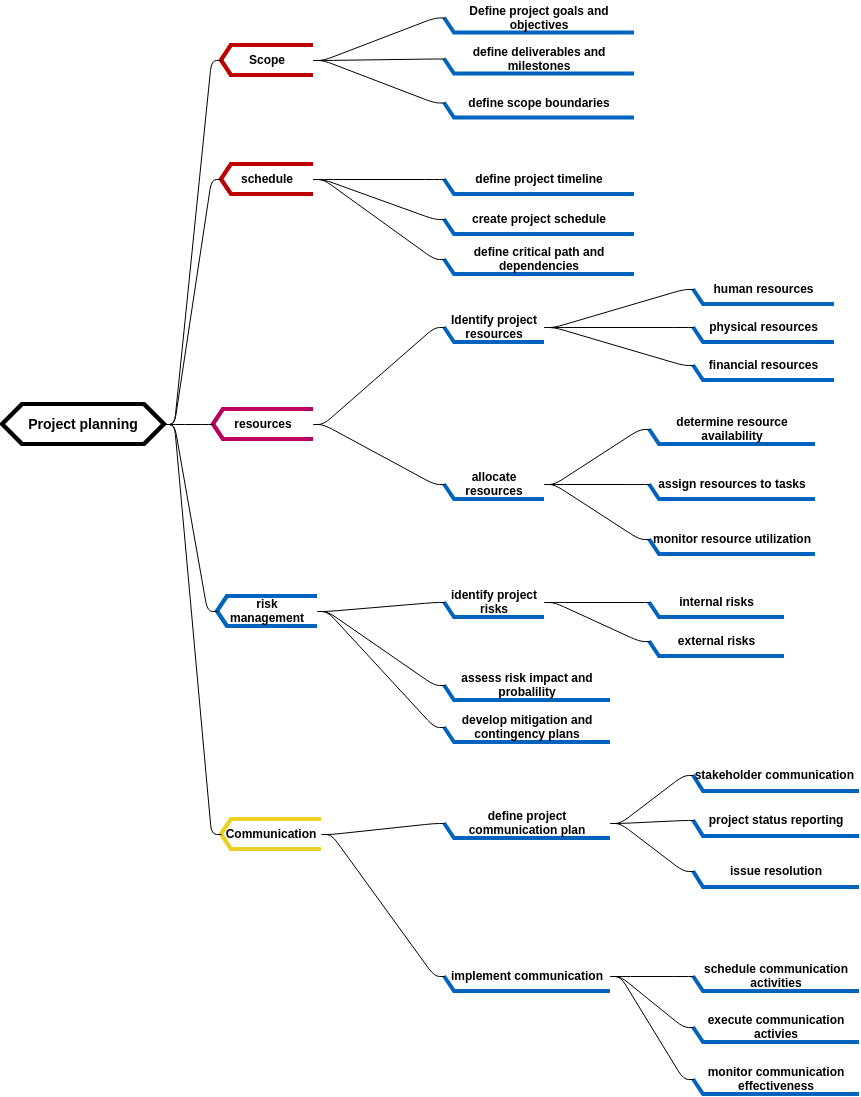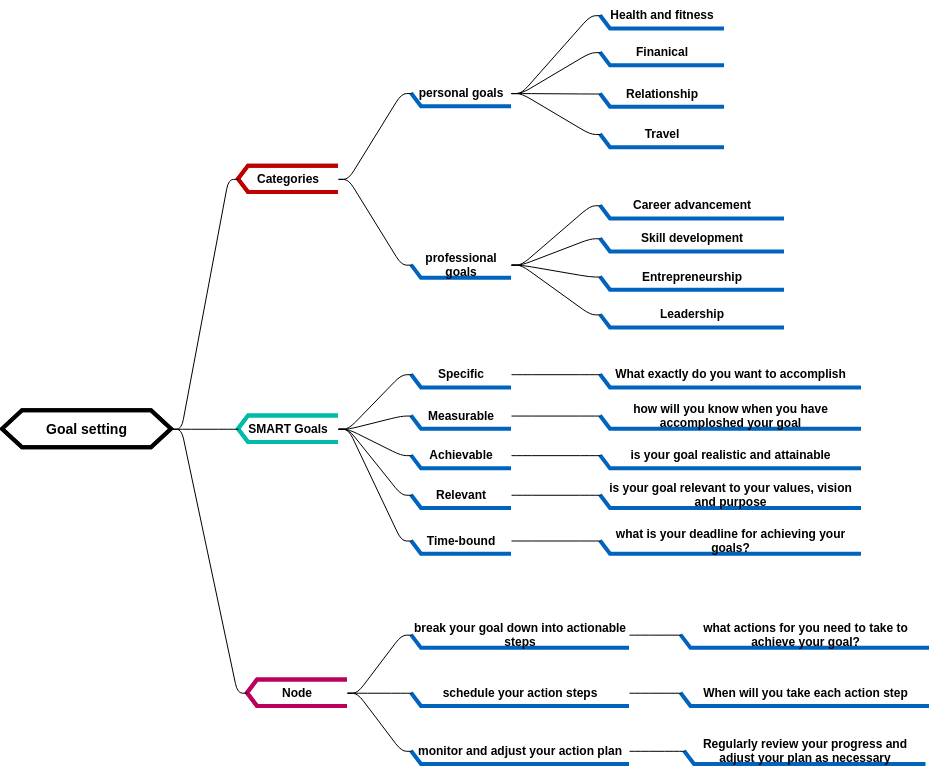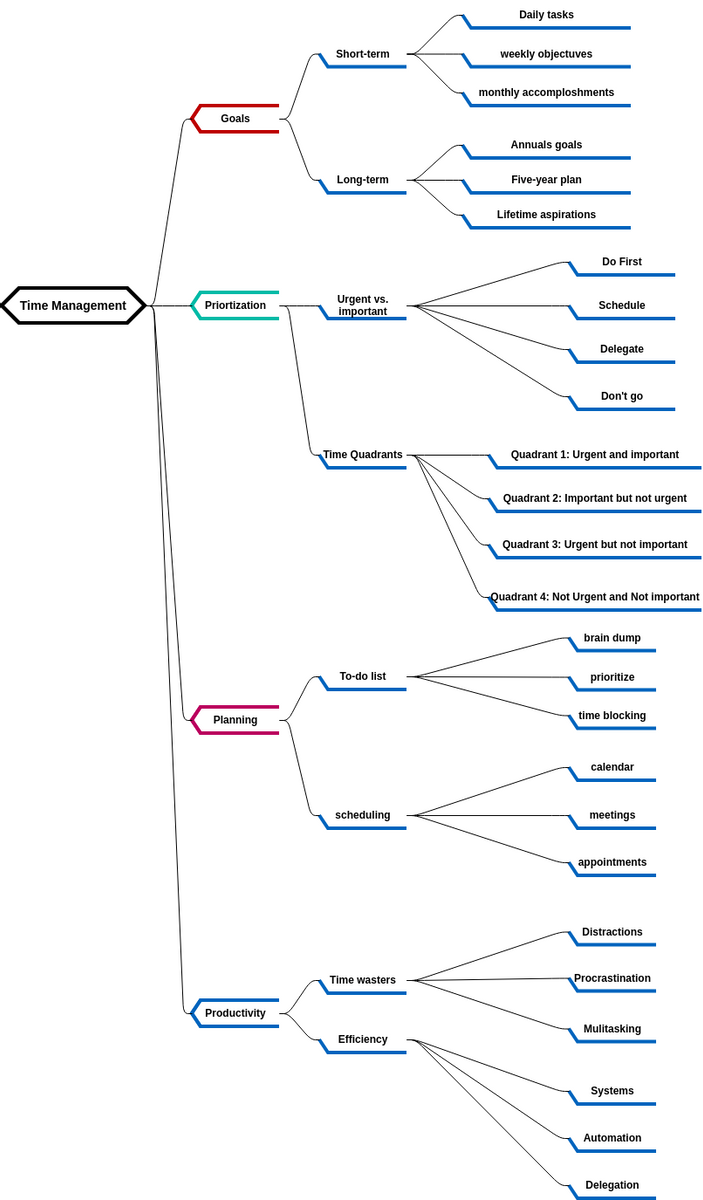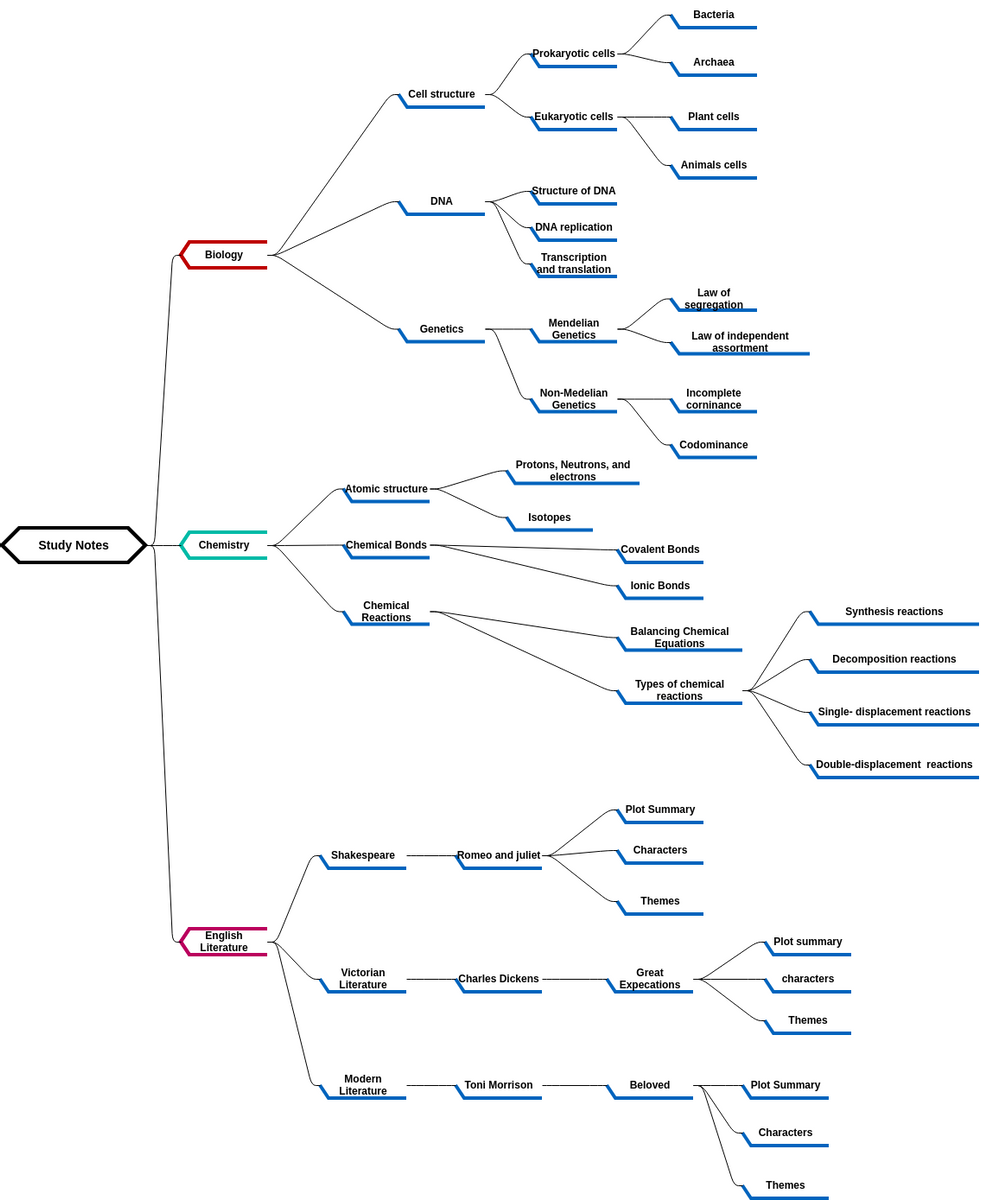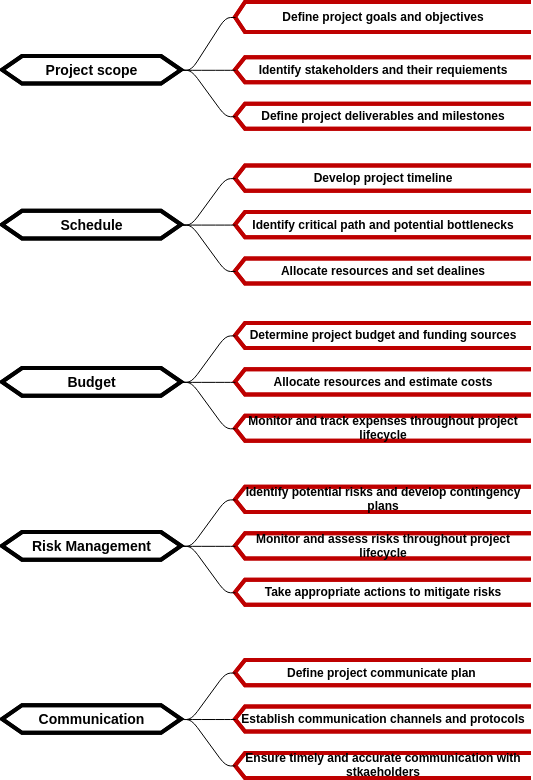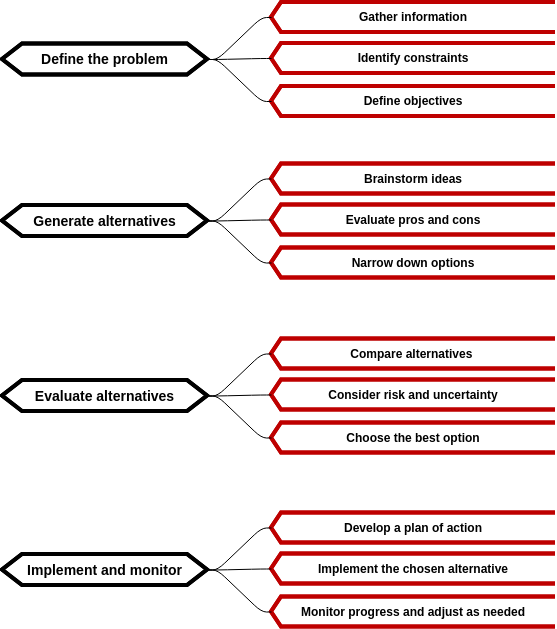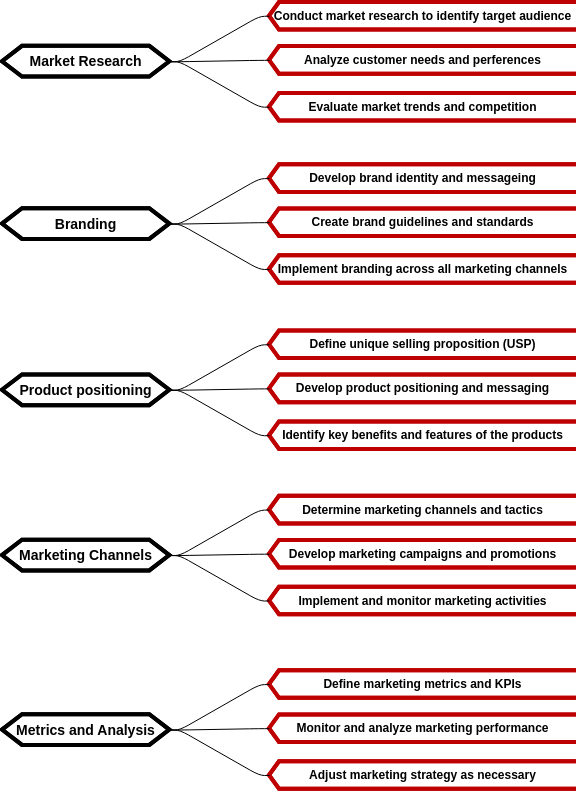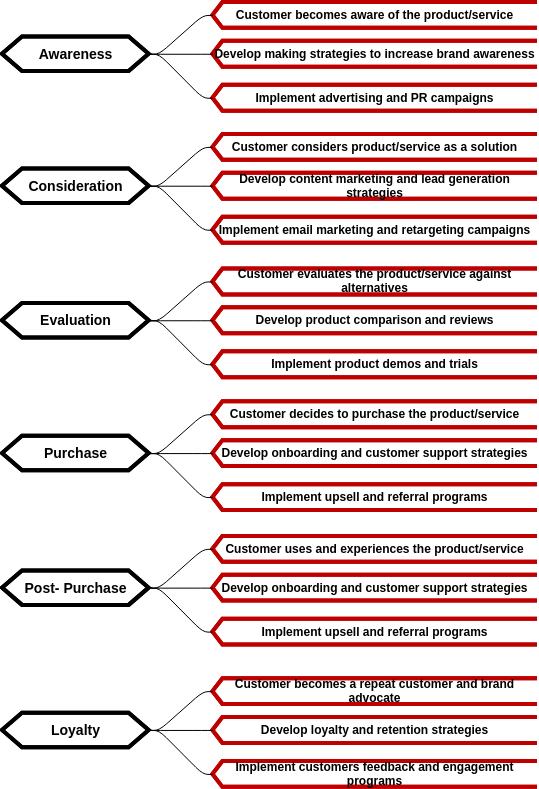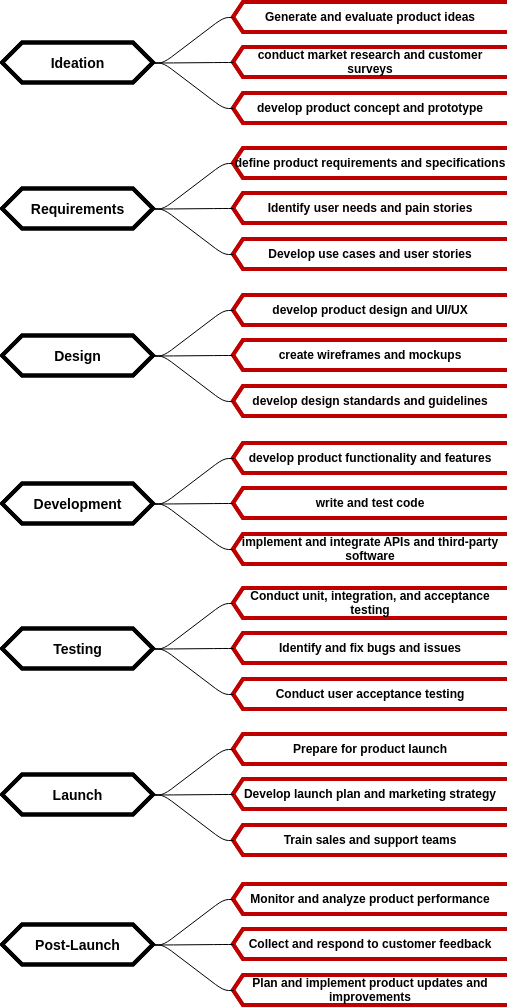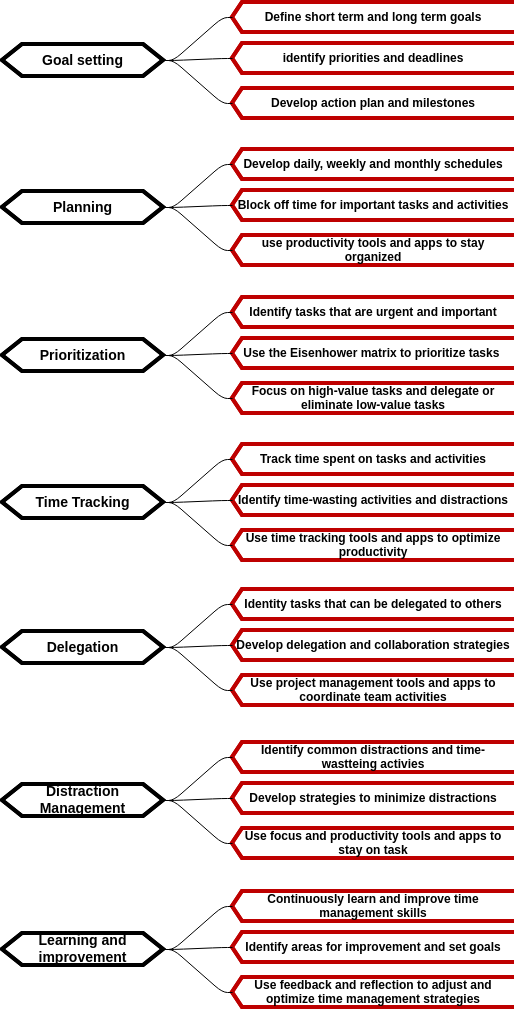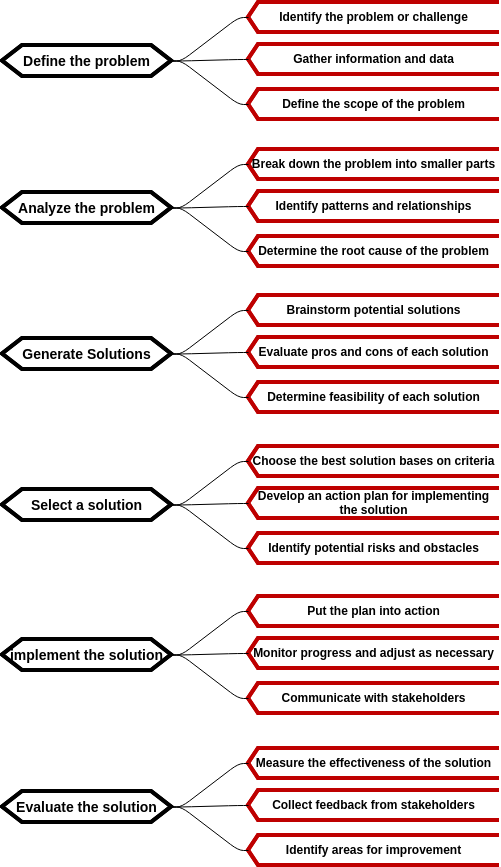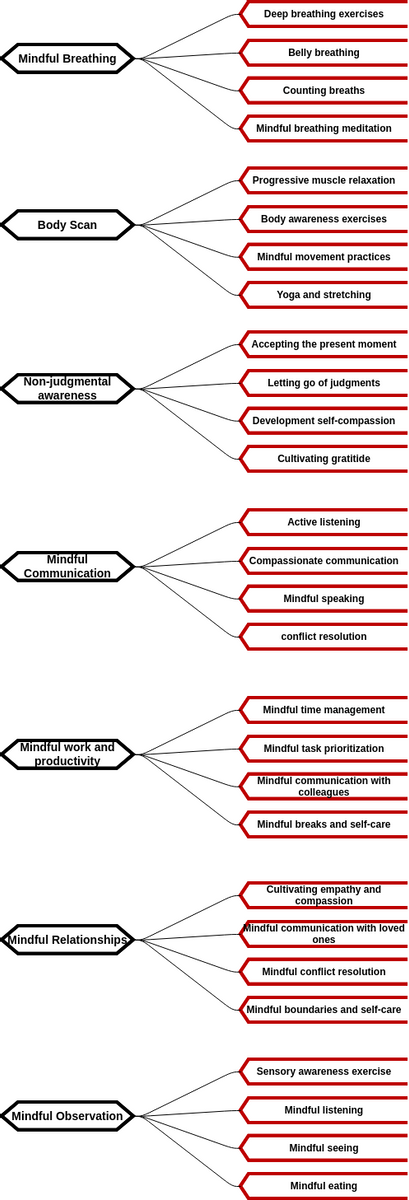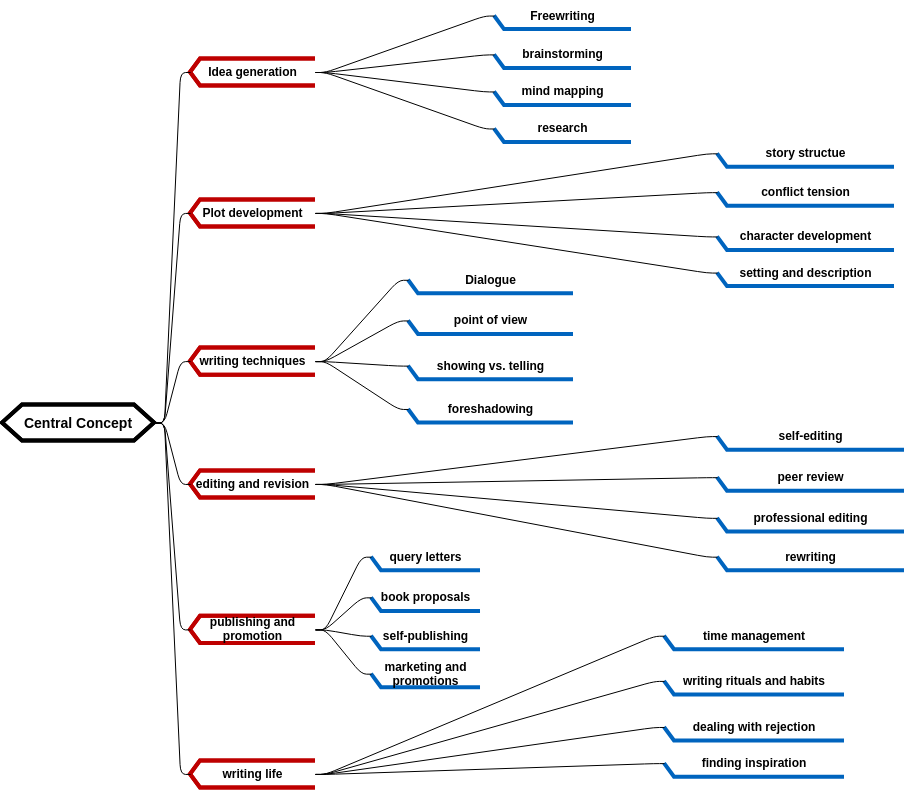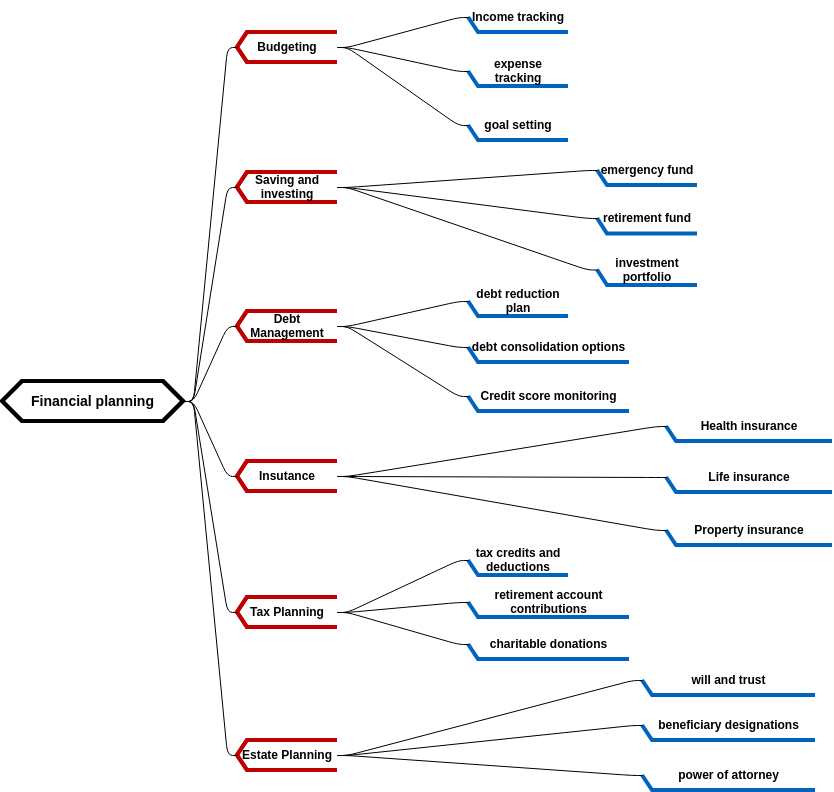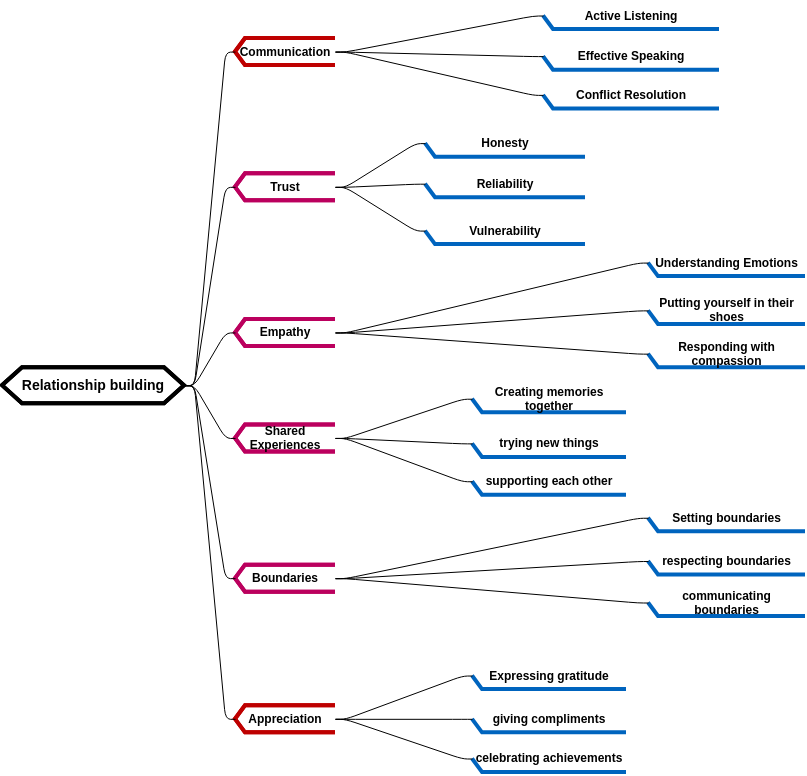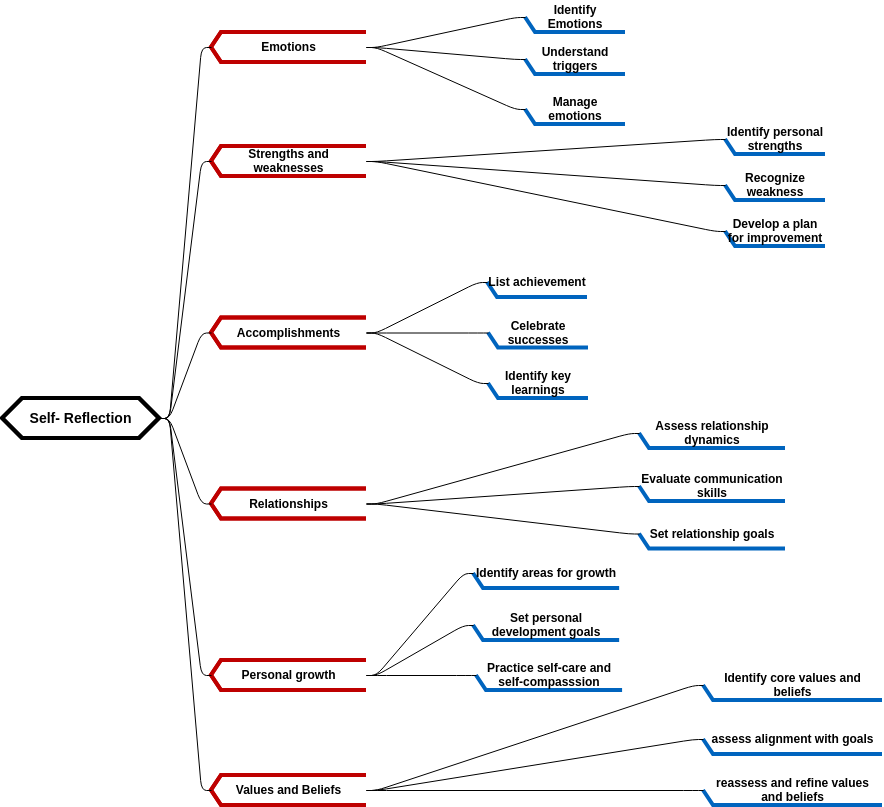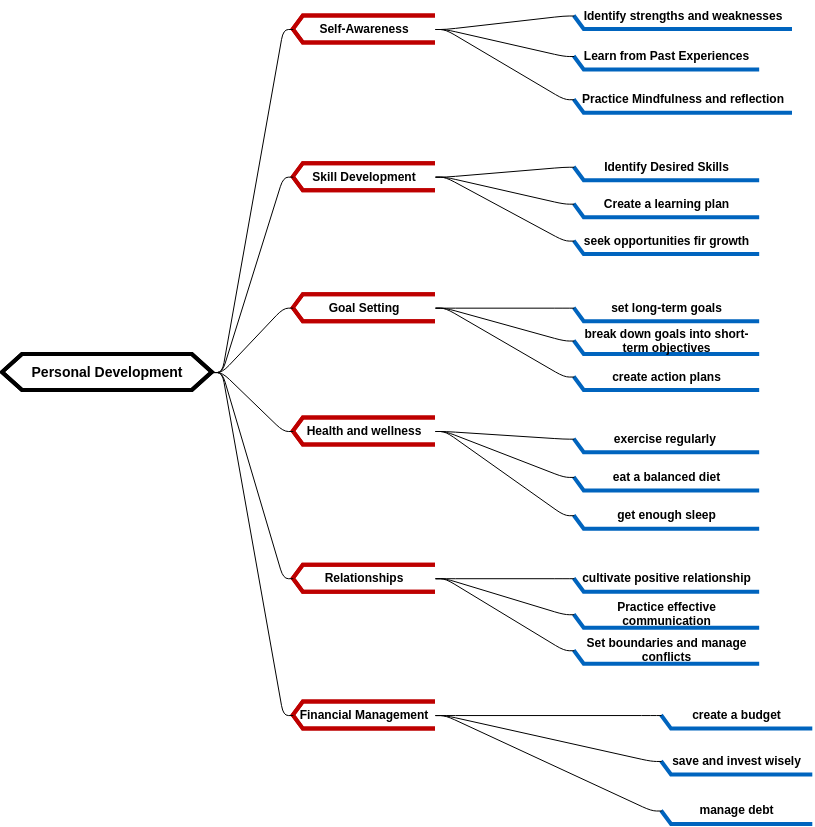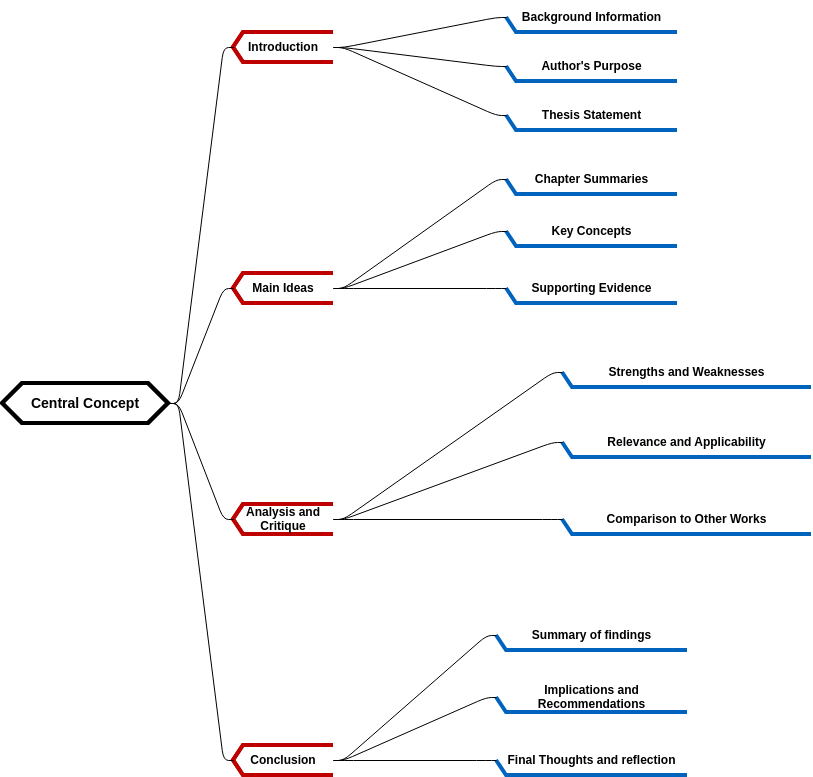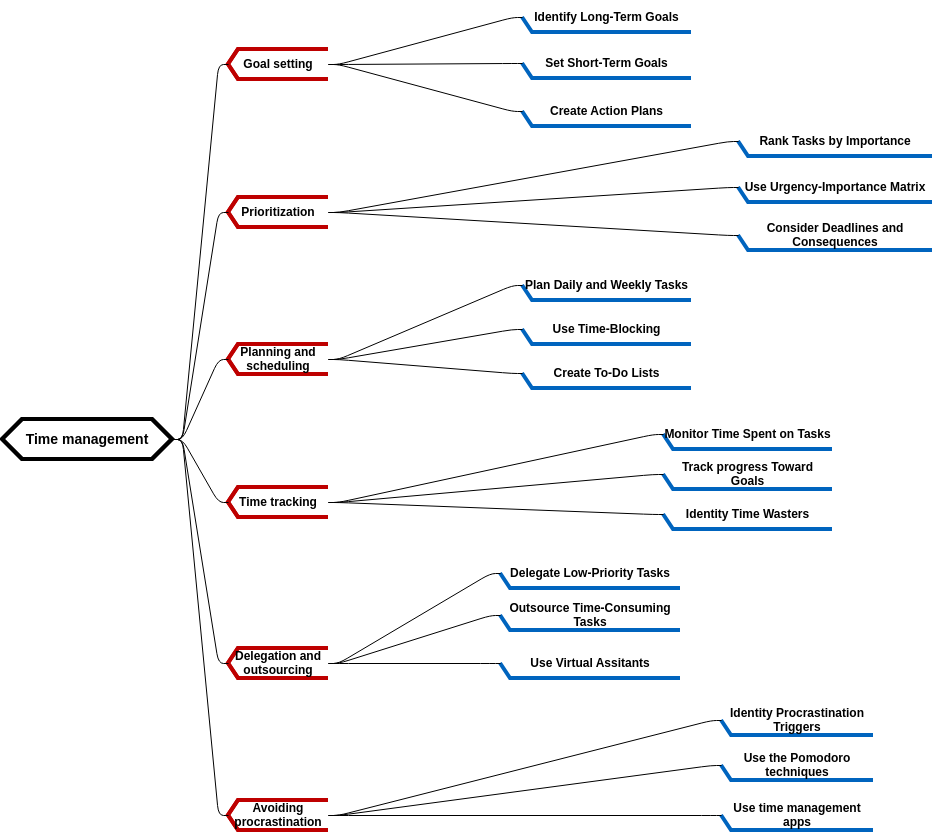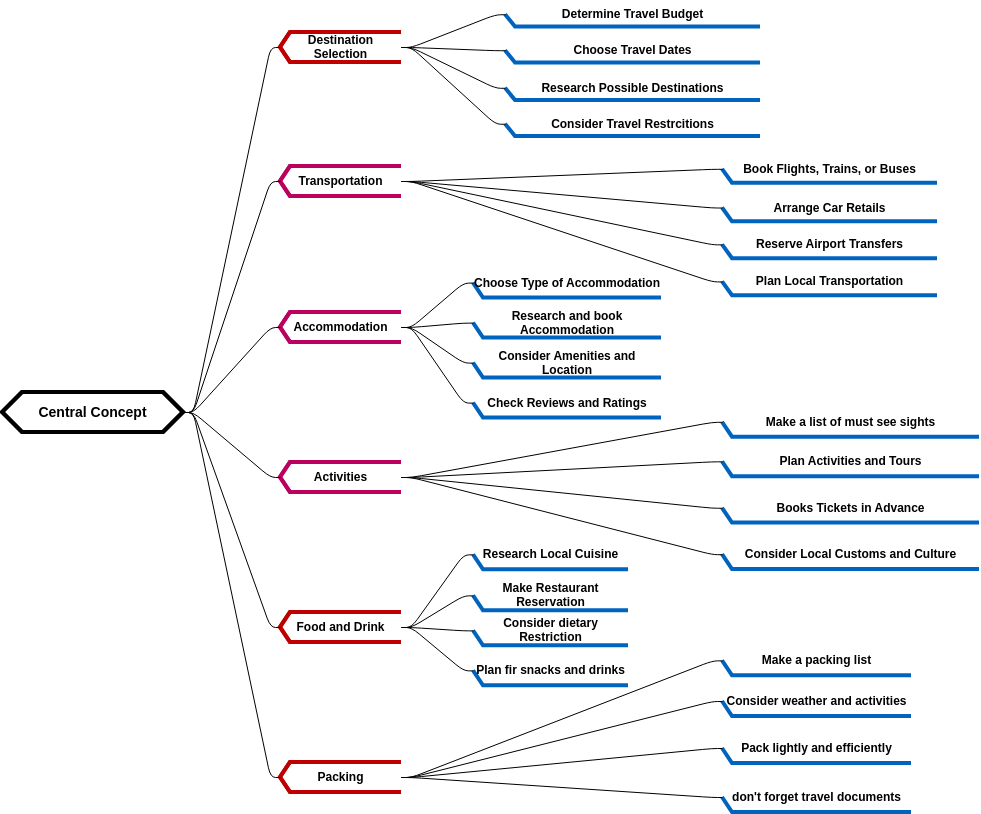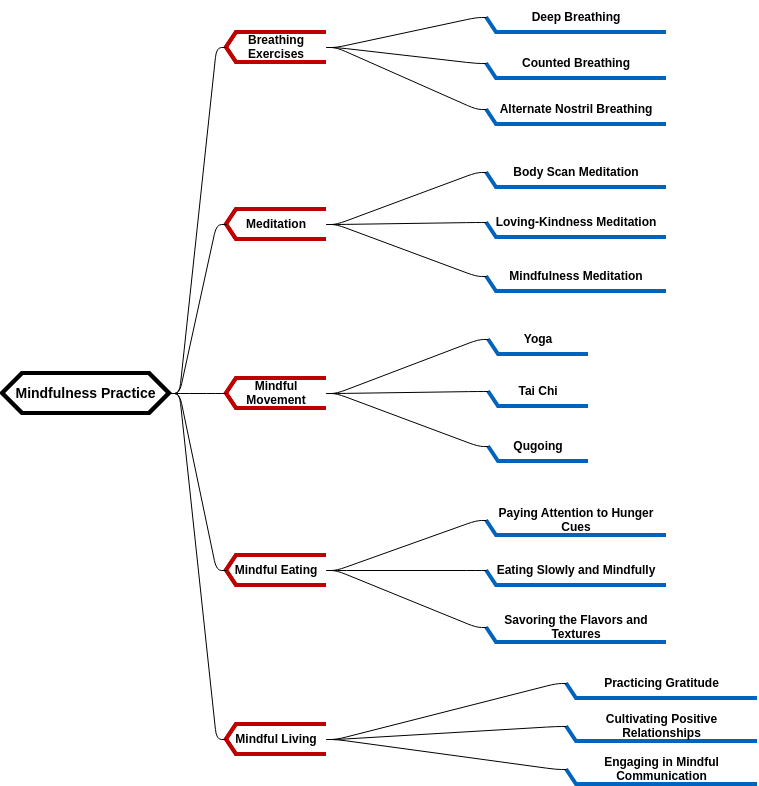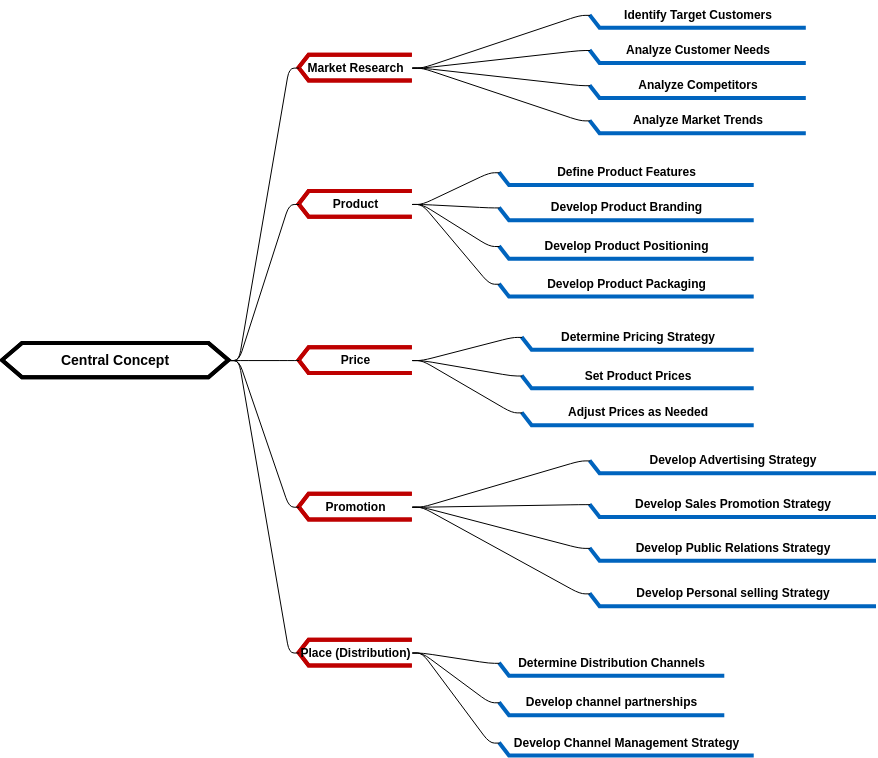The mind map for SWOT Analysis captures the key elements of assessing a situation or objective. The first category is "Strengths," which focuses on internal factors that are advantageous in achieving the objective. This could include areas such as a strong financial position, unique expertise, talented team members, or efficient processes. By identifying and leveraging these strengths, organizations or individuals can gain a competitive advantage and maximize their chances of success.
On the other hand, the mind map introduces the category of "Weaknesses," representing internal factors that hinder achieving the objective. These could include areas such as lack of resources, inadequate skills or knowledge, poor infrastructure, or limited market reach. Recognizing these weaknesses allows for a realistic assessment of potential obstacles and areas that need improvement. By addressing and mitigating weaknesses, individuals or organizations can enhance their overall performance and reduce potential barriers to success.
The mind map also emphasizes the category of "Opportunities," which represents external factors that can be leveraged to achieve the objective. These can include emerging market trends, technological advancements, industry partnerships, or changing consumer preferences. Identifying and capitalizing on these opportunities allows individuals or organizations to align their strategies with external forces, opening up new avenues for growth and success.
Pros of creating this mind map
Creating this mind map for SWOT Analysis offers several benefits. Firstly, it provides a visual and organized representation of the key elements involved in assessing a situation or objective. By visually mapping out the categories of strengths, weaknesses, opportunities, and threats, the mind map allows for a clear and comprehensive overview. This visual representation helps individuals or teams grasp the complexities of the analysis more easily and enhances overall understanding.
Secondly, the mind map encourages a structured and systematic approach to evaluating the situation. By categorizing factors into internal and external aspects, individuals or teams can gain a deeper understanding of the internal dynamics and external influences at play. This structured approach enables a more holistic assessment, ensuring that all relevant factors are considered and analyzed. It helps in identifying patterns, relationships, and connections between different elements, facilitating a more comprehensive and strategic analysis.
Furthermore, the mind map promotes critical thinking and decision-making. By organizing strengths, weaknesses, opportunities, and threats in a visual format, individuals or teams are prompted to think analytically and critically about each aspect. This stimulates a deeper level of analysis, enabling individuals to identify potential strategies, risks, and mitigation measures. It encourages thoughtful deliberation and helps in making informed decisions based on a thorough evaluation of the situation.
